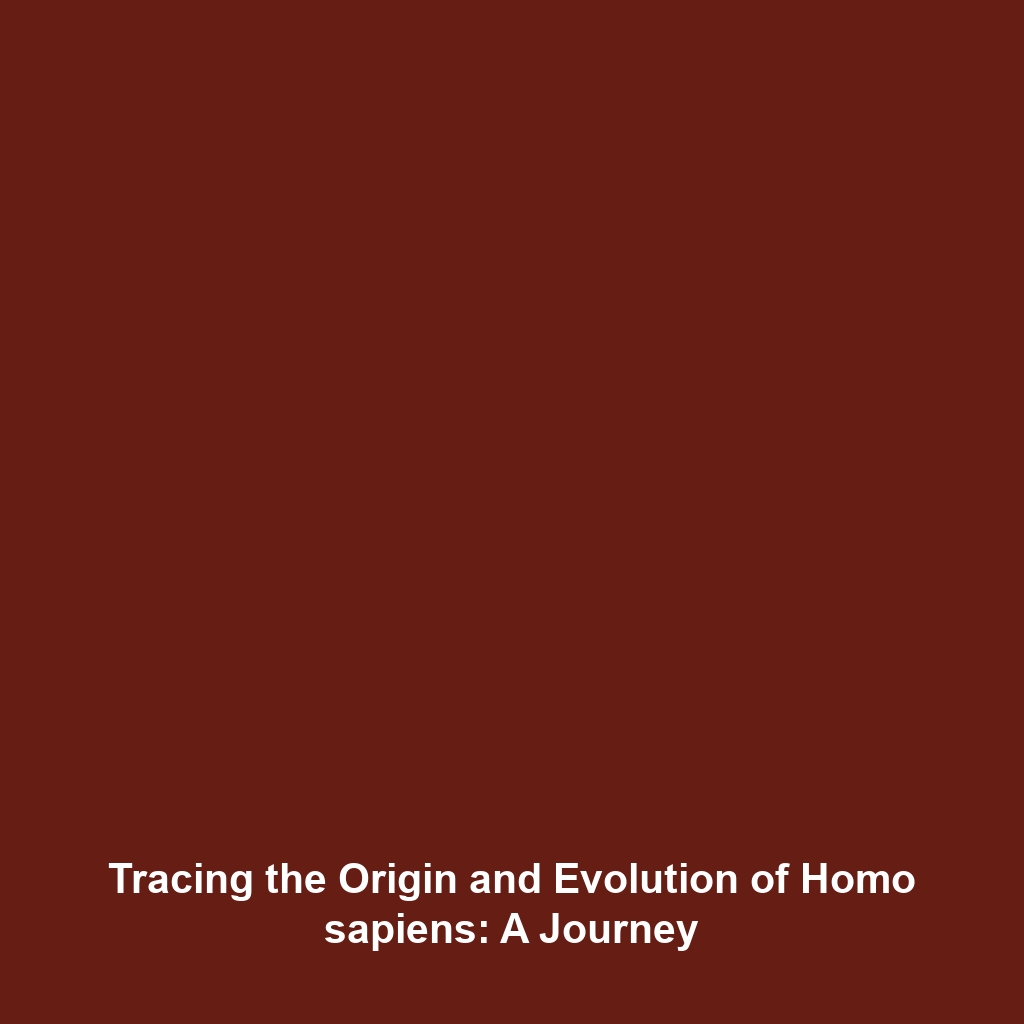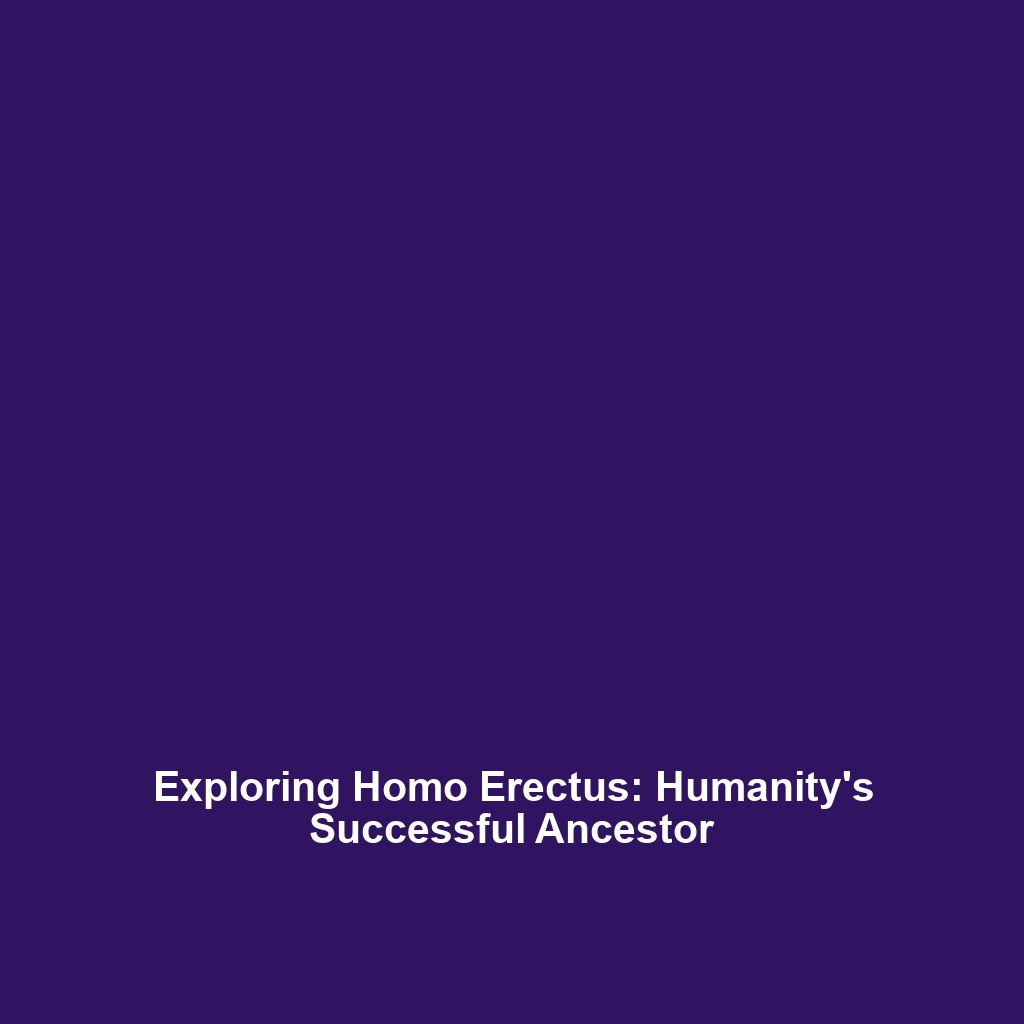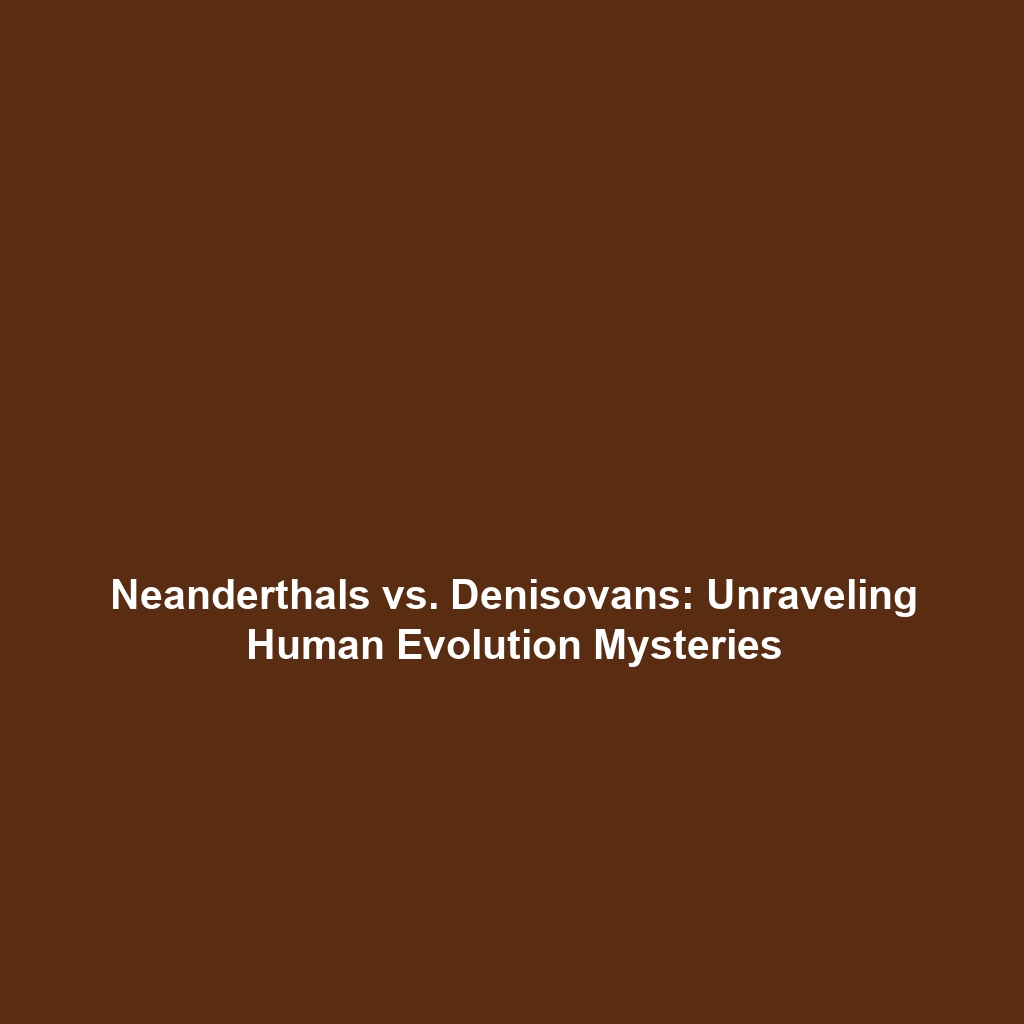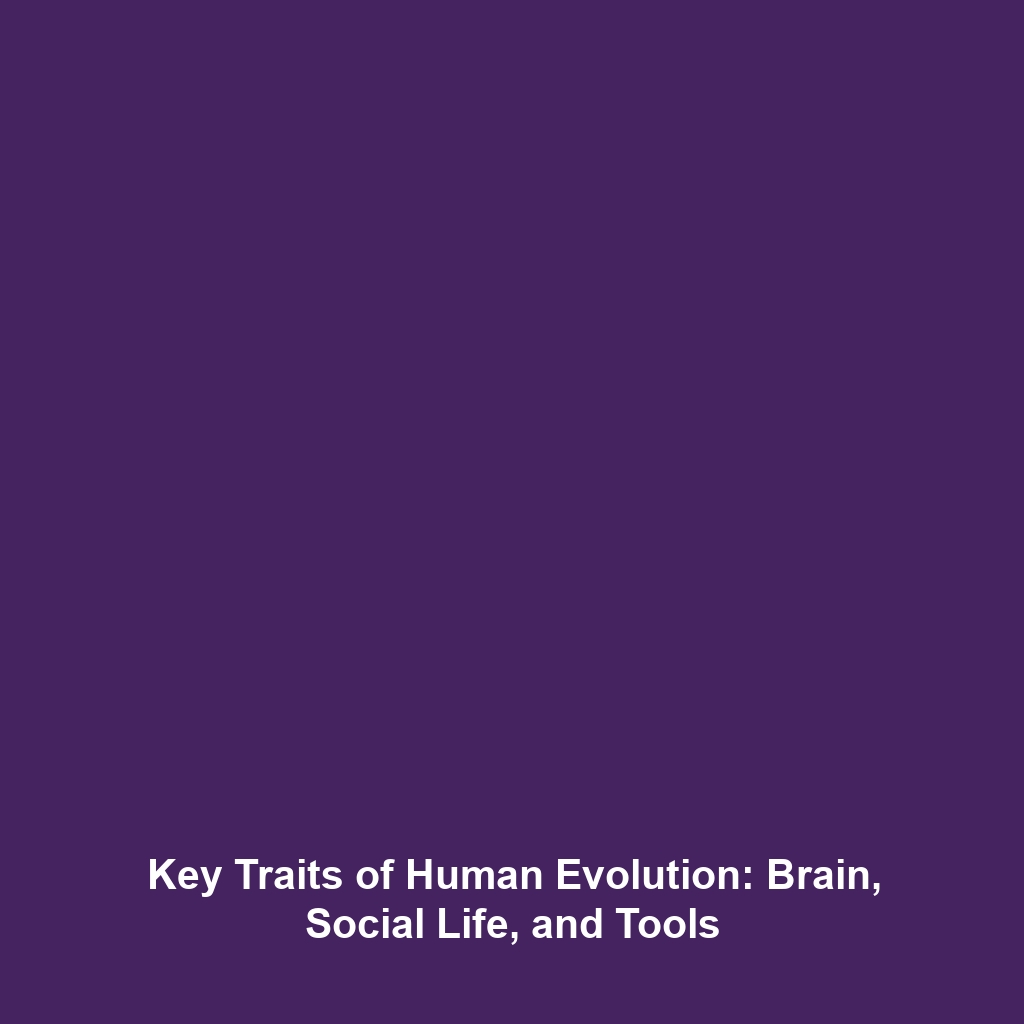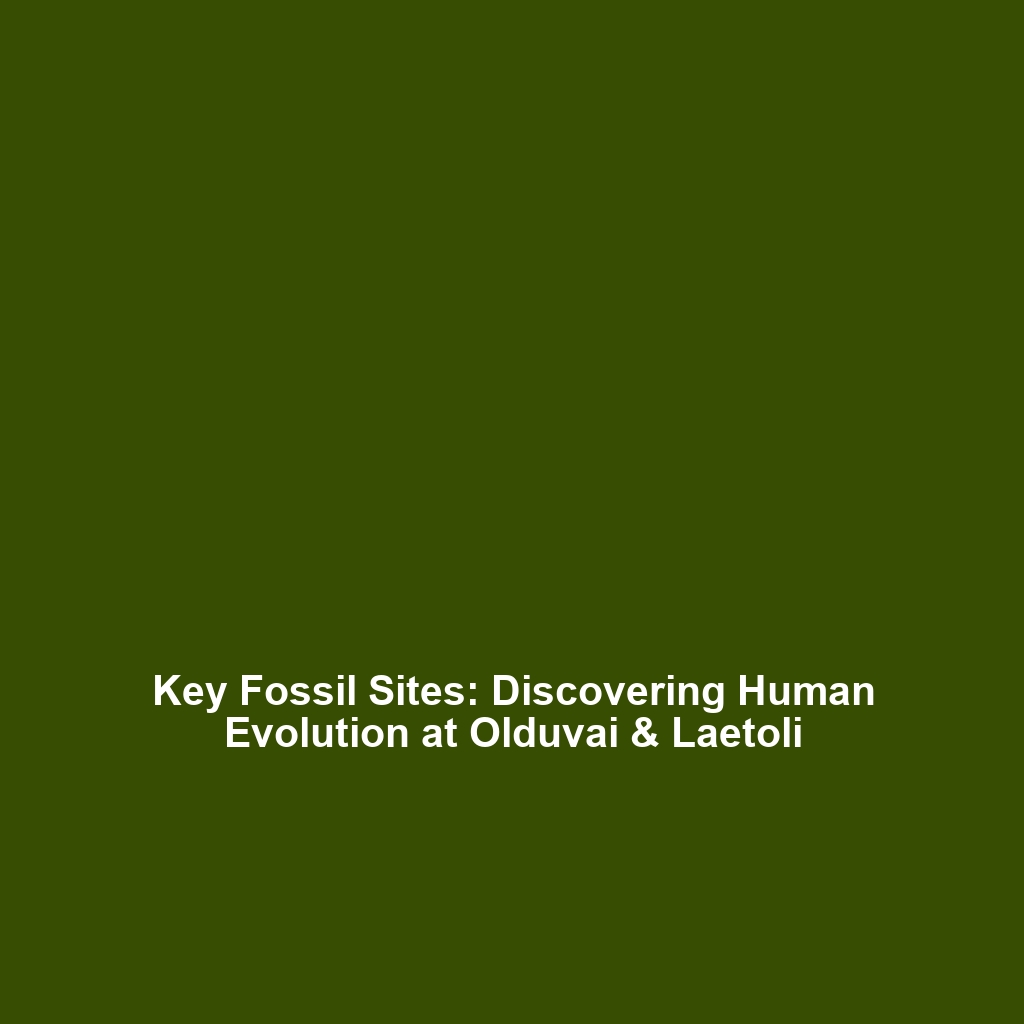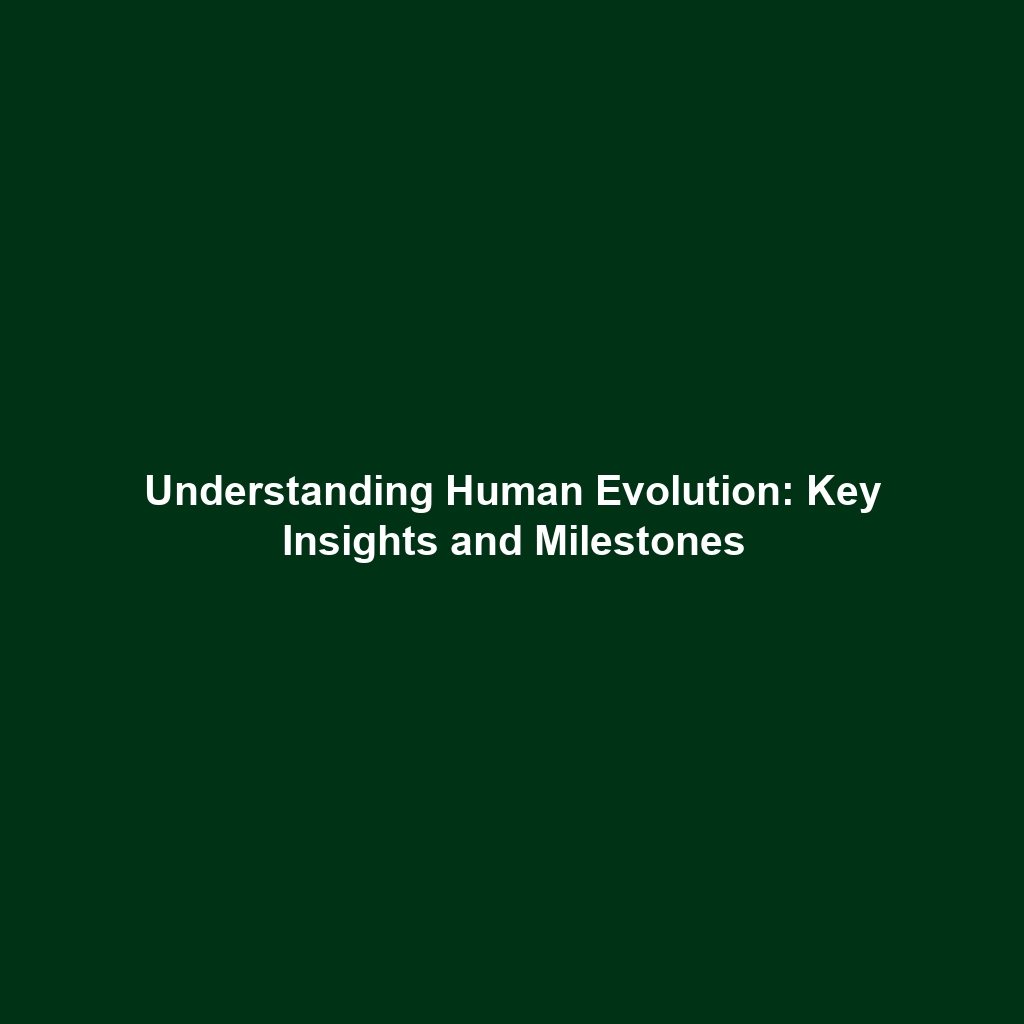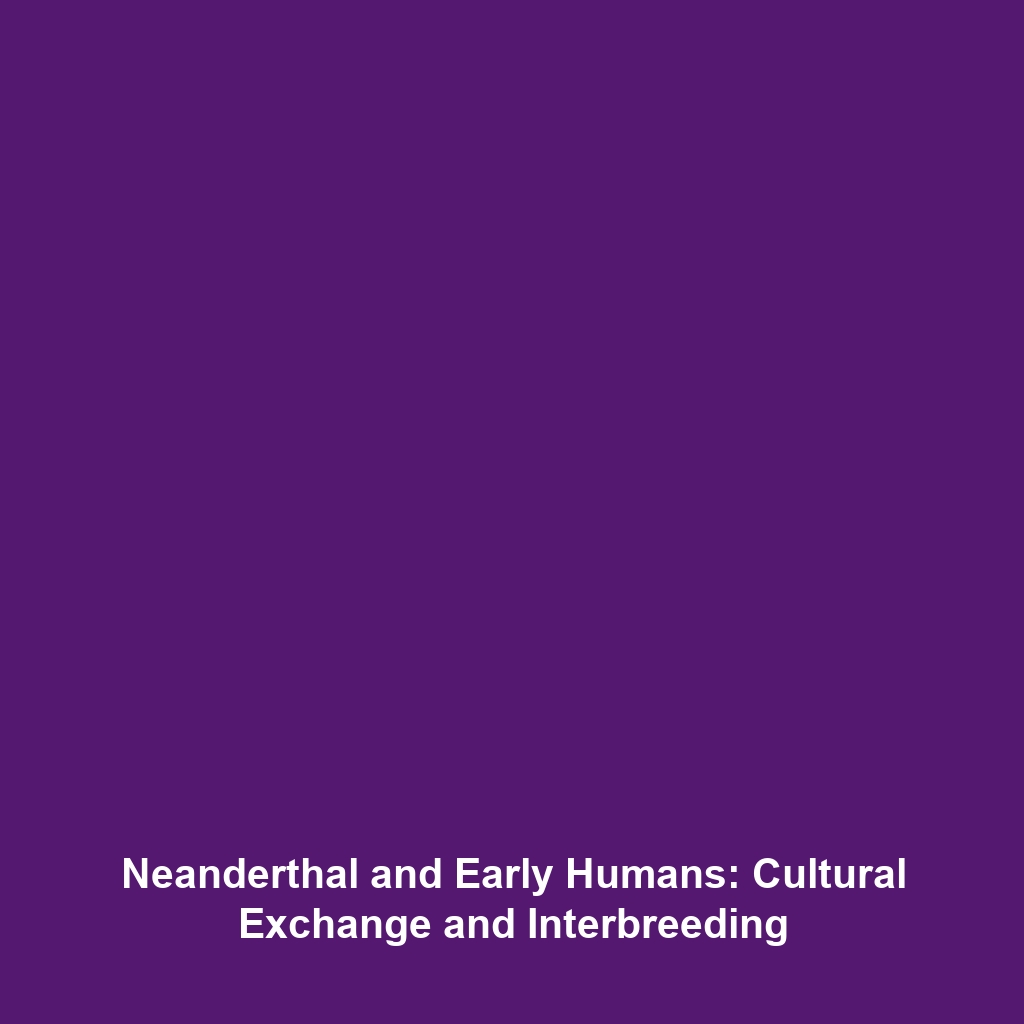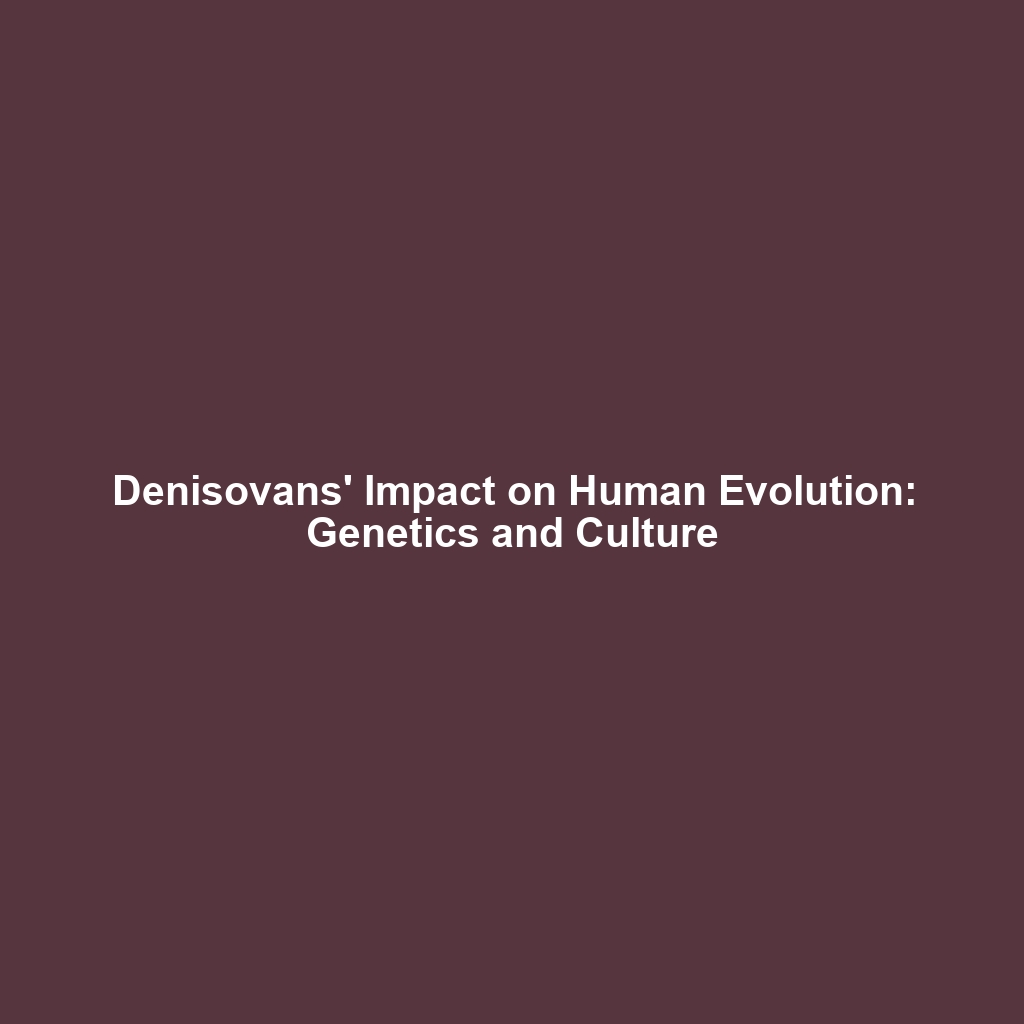Origin and Evolution of Homo sapiens
Introduction
The origin and evolution of Homo sapiens represent a pivotal chapter in the story of human evolution. Understanding this subject not only sheds light on our species’ past but also informs our awareness of biological, social, and cultural development. As the only surviving member of the genus Homo, Homo sapiens offers unique insights into the evolutionary process and the adaptive traits that have allowed us to thrive. In this article, we will explore key concepts, applications, challenges, and future avenues of research surrounding the origin and evolution of Homo sapiens.
Key Concepts
The Lineage of Homo sapiens
The evolutionary journey of Homo sapiens is characterized by a branching tree of ancestral species, primarily originating from Africa approximately 300,000 years ago. Key concepts in this narrative include:
- Common Ancestors: The shared lineage with other hominids informs our understanding of traits like bipedalism and tool use.
- Genetic Variation: Studies of DNA highlight significant migrations and adaptations to various environments.
- Cultural Evolution: Advances in language and technology contributed to the complex social structures seen in contemporary human societies.
Applications and Real-World Uses
Understanding the origin and evolution of Homo sapiens has practical applications in various fields, including anthropology, genetics, and medicine. Examples include:
- How studies of Homo sapiens are used in anthropology: They help in reconstructing the behavioral and social patterns of early humans.
- Applications of genetic research in medicine: This research provides insights into genetic diseases that may have evolutionary roots.
- Insights for evolutionary psychology: Understanding our origins can inform approaches to modern psychological health.
Current Challenges
There are notable challenges and limitations in the study of the origin and evolution of Homo sapiens within the broader scope of human evolution:
- Incomplete Fossil Record: Gaps in the fossil record make it difficult to trace the precise lineage.
- Controversies in Classification: Disagreement over the classification of species complicates the evolution narrative.
- Technological Limitations: Current technologies may limit our ability to extract and analyze ancient DNA.
Future Research and Innovations
Future research holds the promise of innovative breakthroughs related to the origin and evolution of Homo sapiens. Notable trends include:
- Next-Gen Sequencing Technologies: These could allow for deeper insights into ancient genomes and migration patterns.
- Artificial Intelligence in Data Analysis: AI can help identify patterns in evolutionary data that were previously overlooked.
- Interdisciplinary Approaches: Collaboration between geneticists, archaeologists, and anthropologists may yield holistic insights into human evolution.
Conclusion
In conclusion, the origin and evolution of Homo sapiens is a critical aspect of human evolution. Understanding our past not only enriches our knowledge of human biology and culture but also informs future innovations in various scientific fields. To learn more about human evolution and its implications, consider exploring related topics within our publication.
